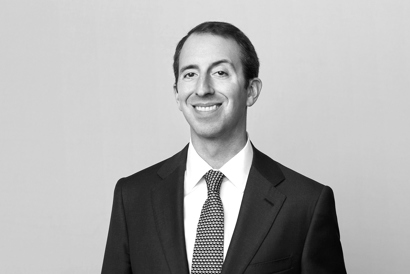As businesses continue to grapple with the financial impact of Covid-19, legal assets may represent an area of opportunity for generating liquidity and managing cash flow—but legal assets also remain largely invisible to many finance departments. As Burford begi…




